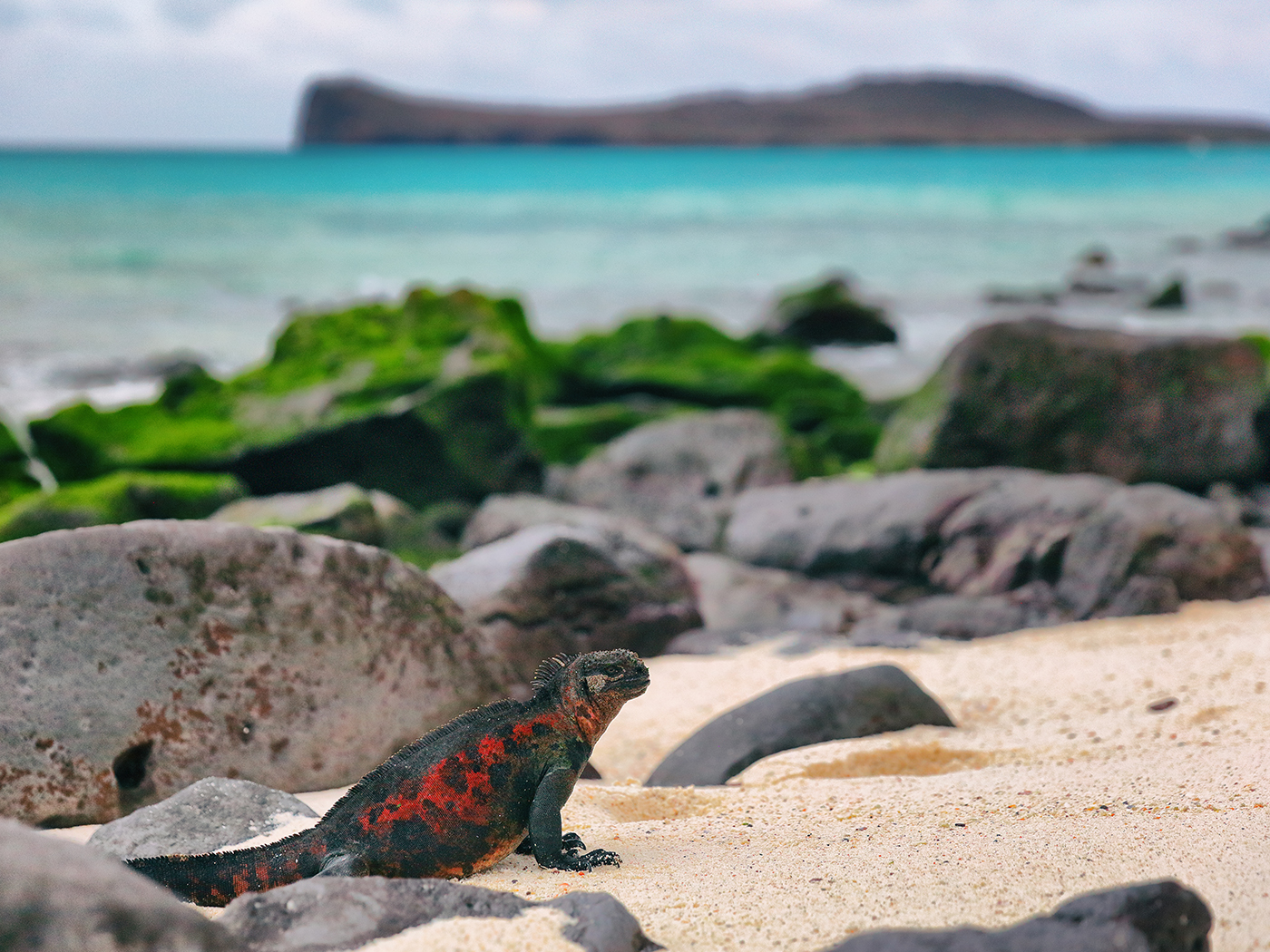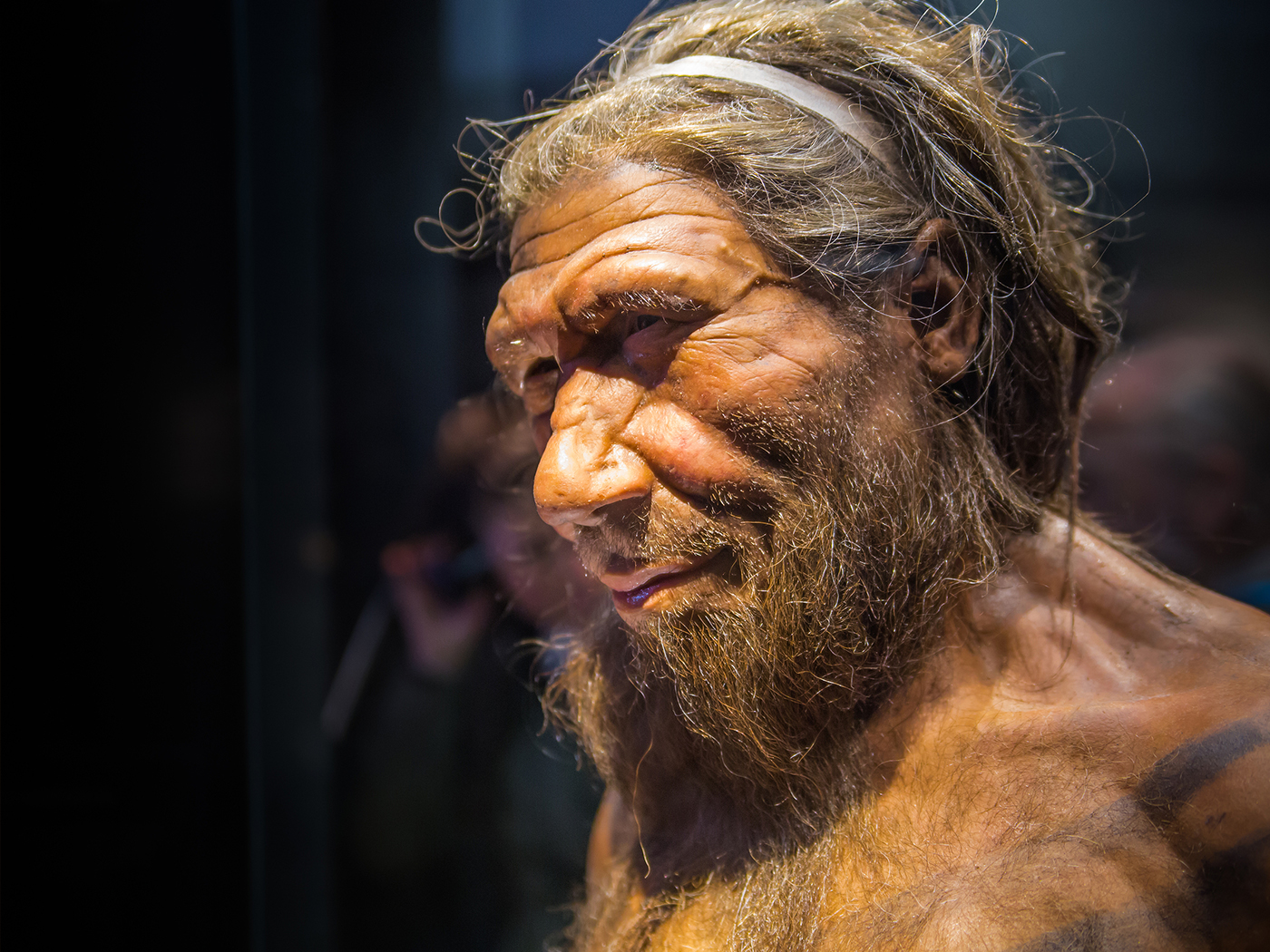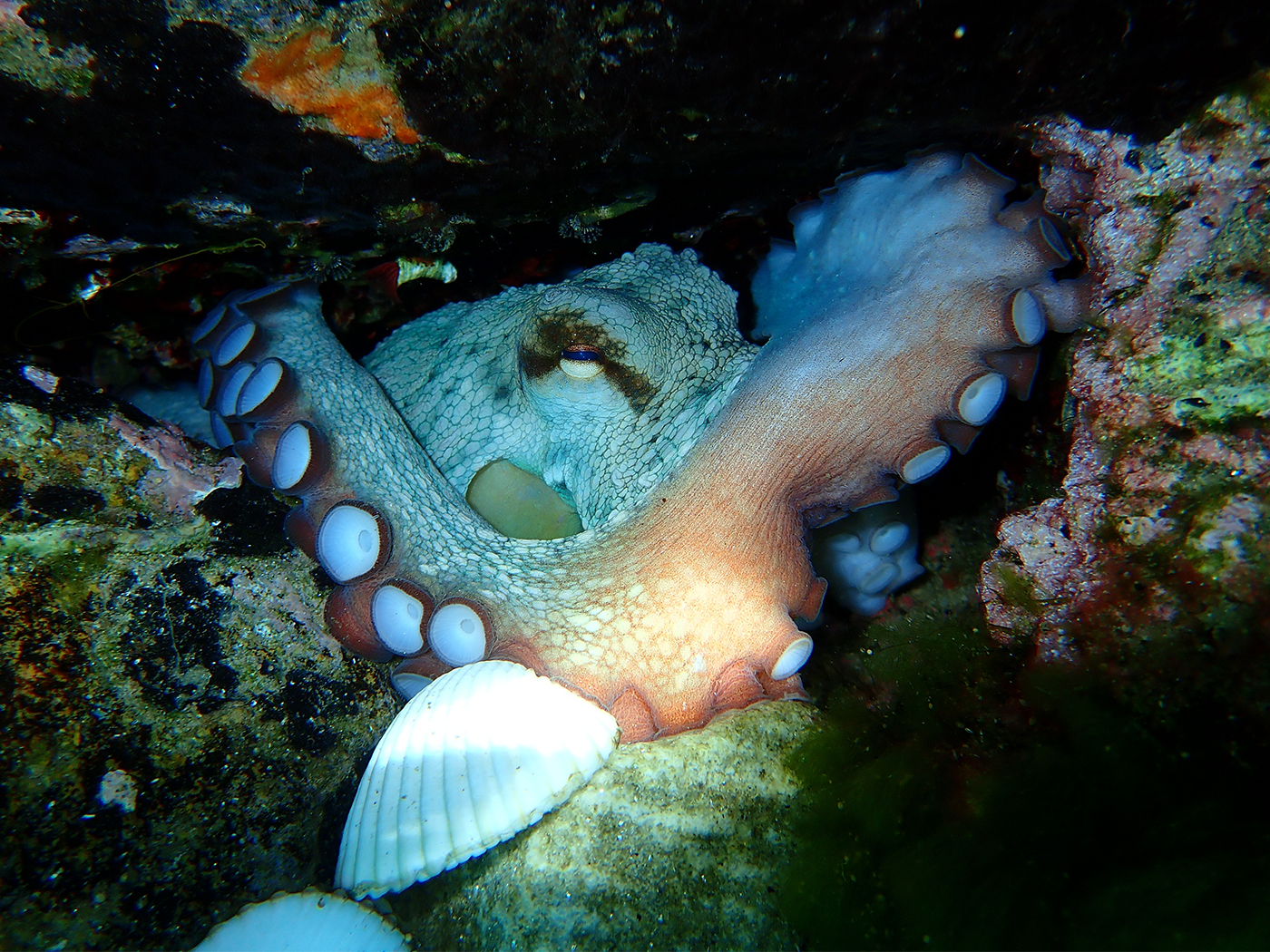A new dinosaur discovery in Rio Negro Province in central Argentina resulted in a very peculiar assertion.1 A bipedal dinosaur (walked on two legs) named Jakapil kaniukura was unearthed in upper Zuni megasequence rocks. But what made this new dinosaur so unusual was the category scientists placed it in. Their evolutionary analysis puts this bipedal dinosaur in the Thyreophoran (“shield-bearer”) category with dinosaurs like ankylosaurs and stegosaurs which walked on four legs.
Jakapil kaniukura was named from less than 100 scattered and fragmentary bones, including about 40 bony plate pieces, 12 vertebrae fragments, 15 rib pieces, a fairly complete lower jaw, 15 partial teeth, and various assorted bits and pieces of limbs and pelvis bones. Scientists estimated that J. kaniukura was about 5 feet long and weighed about 10-15 pounds, similar to a large house cat.1
The conventional story is that the rock layer that contained the bones was an ancient desert.1 The trio of paleontologists from Argentina and Spain claimed, “The remains were found disarticulated, and with a slight southwestern-northeastern orientation due to dune transport.”1
But wind has a tough time blowing and orientating bones, even small ones. A better explanation is that these fragments of bone were scattered by a water current during the great Flood. And the strange mix of fossils found in the same layers with J. kaniukura better fits a catastrophic log-jam of debris caught up in the Flood. These strata contain bones of mammals, meat-eating and long-necked dinosaurs, crocodiles, turtles, lizards, limbed snakes, pterosaurs, and even some dinosaur footprints. Footprints are especially hard to preserve in dry sand. They need water and rapid burial.
The scientists performed an evolutionary-based phylogenetic analysis using various datasets and determined J. kaniukura matched best with the thyreophorans. Although they were quick to point out that J. kaniukura had unusual anatomical features that most thyreophorans did not possess, such as a bipedal stance. Clearly something isn’t right about their analysis and conclusion.
As evolutionist Stephen Czerkas and his co-authors have pointed out, reliance on “cladistics [phylogenetic analysis] has presented a highly misleading interpretation of the evidence.”2 They added, “Cladistics has been regarded as being the most rigorous method for determining how animals are related. Still, cladistics has a vocal minority of critics which claim that the method is unreliable as certain bird-like physical characteristics may be the result of convergence between unrelated forms rather than direct relationships.”3
We could add common sense to this over-reliance on phylogenetic analysis. Any analysis should make the most sense of the most data. The discoverers of J. kaniukura seem to have been too caught up in their standard evolutionary methodology to see the issues. Their reconstruction of this animal doesn’t look anything like traditional thyreophorans such as ankylosaurs or stegosaurs.
Furthermore, the authors reported that many features of J. kaniukura were shared by other bipedal dinosaurs such as Stegoceras (a dome-headed dinosaur) and Psittacosaurus (a parrot-headed dinosaur). So why not classify it as one of them? It just had bony plates designed to grow in its skin.
Saltasaurus is a long-necked dinosaur found in Argentina that also had bony plates across its back. But no one places it in the thyreophoran category. It is a sauropod in every other way except that it possesses unusual bony plates in its skin.4
Finally, the scientists point out a list of novelties that J. kaniukura has that no other thyreophoran possesses.1 Even the bony armor is “peculiar” in its style compared to others in the claimed same category.1 Again, these should be clues that their conclusion is possibly wrong.
Maybe it’s time to toss out the blind use of phylogenetic analysis and just do old-fashioned, comparative anatomy to evaluate the best match of the bones. As a scientist, I am concerned with the many similarities J. kaniukura has to non-thyreophoran dinosaurs (like Stegoceras and Psittacosaurus), and the lack of a complete skull for definitive identification. Secondly, the numerous novelties J. kaniukura possesses that make it different from other thyreophoran dinosaurs are also a red flag. I will not be surprised if this dinosaur gets completely re-classified in the future, especially if they find a more complete skull. This has happened in dinosaur paleontology many times before.
Jesus, our Creator, designed a wide diversity of dinosaurs on Day 6 of Creation Week. Some, like Saltasaurus and J. kaniukura, were simply designed with bony plates. This latest discovery is likely just a new variety of an old dinosaur type—one that has been found buried in Flood rocks elsewhere.
References
1. Riguetti, F.J., et al. 2022. A new Cretaceous thyreophoran from Patagonia supports a South American lineage of armoured dinosaurs. Scientific Reports. 12:11621.
2. Czerkas, S., et al. 2002. Flying Dromaeosaurs. The Dinosaur Museum Journal. 120.
3. Ibid, p. 98. 4. Clarey, T. 2015. Dinosaurs: Marvels of God’s Design. Green Forest, AR: Master Books, p. 86.
*Dr. Clarey is Research Scientist at the Institute for Creation Research and earned his doctorate in geology from Western Michigan University.
Evolutionary Dinosaur Analysis Leads to Bizarre Conclusion
The Latest
Was a Key to Photosynthesis Evolution Discovered?
Northern Canadian lakes were the source of recently discovered unique photosynthetic bacteria of the phylum Chloroflexota. After years of culturing,...
CREATION PODCAST
Four Moons That Indicate a Young Universe | The Creation Podcast:...
Earth has one moon, but Jupiter has many! What can we learn from our celestial neighbor's satellites? Do they indicate youth?
Host...
Creation Kids: Seeds and Sprouts
by Renée Dusseau and Susan Windsor*
You're never too young to be a creation scientist and explore our Creator's world. Kids, discover...
APOLOGETICS
Christ’s Creativity in Canyon Critters
Grand Canyon animals display many marvelous traits and behaviors as they live life in that harsh habitat. These canyon creatures succeed thanks to the...
Standing Against False Science
I’m Michael Stamp, and I’m in my 12th year as an editor at the Institute for Creation Research. It’s always an encouragement to see...
Oysters and Pre-Flood Longevity
The oyster species Crassostrea virginica, also known as the eastern oyster, is a prized seafood. Research has demonstrated that a fossil version of...
Galápagos Finches: A Case Study in Evolution or Adaptive Engineering?
A group of birds known as Darwin’s finches live in the Galápagos Islands, which are located in the Pacific Ocean 600 miles west of Ecuador....
Hot Springs National Park: Hydrothermal Springs Formed By The...
Hot Springs National Park is located about an hour southwest of Little Rock in the folded Ouachita Mountains of central Arkansas. It is the second smallest...
Why Biology Needs A Theory of Biological Design—Part 2
“Based on a true story” is included by movie producers to add authenticity, importance, and a flair of anticipation. So, my account of how...
Marine Fossil Tapeworm Is Still a Tapeworm
The Flood was both sudden and rapid. The burial of creatures—including delicate plants and soft-bodied animals like jellyfish1—occasionally...
























